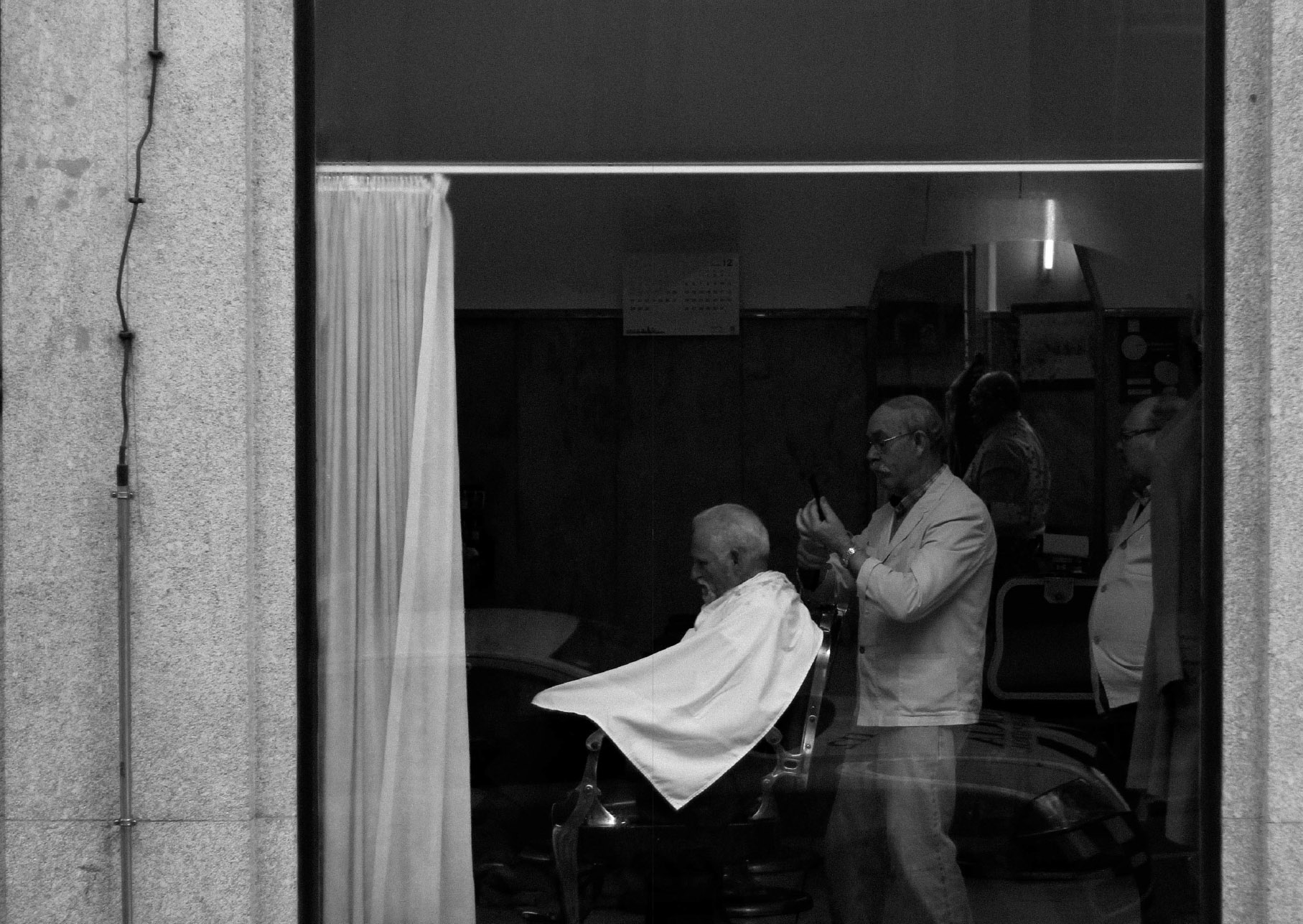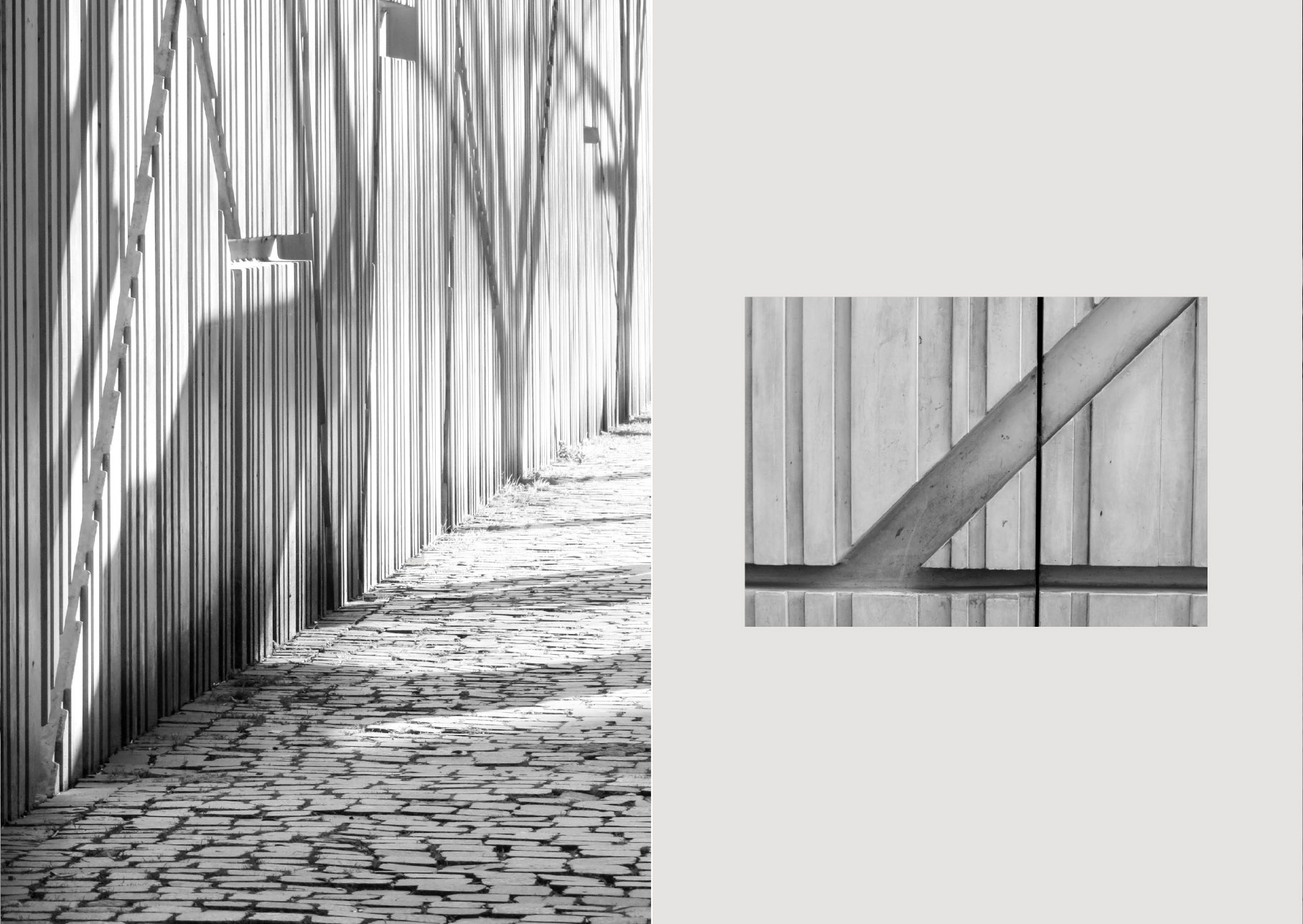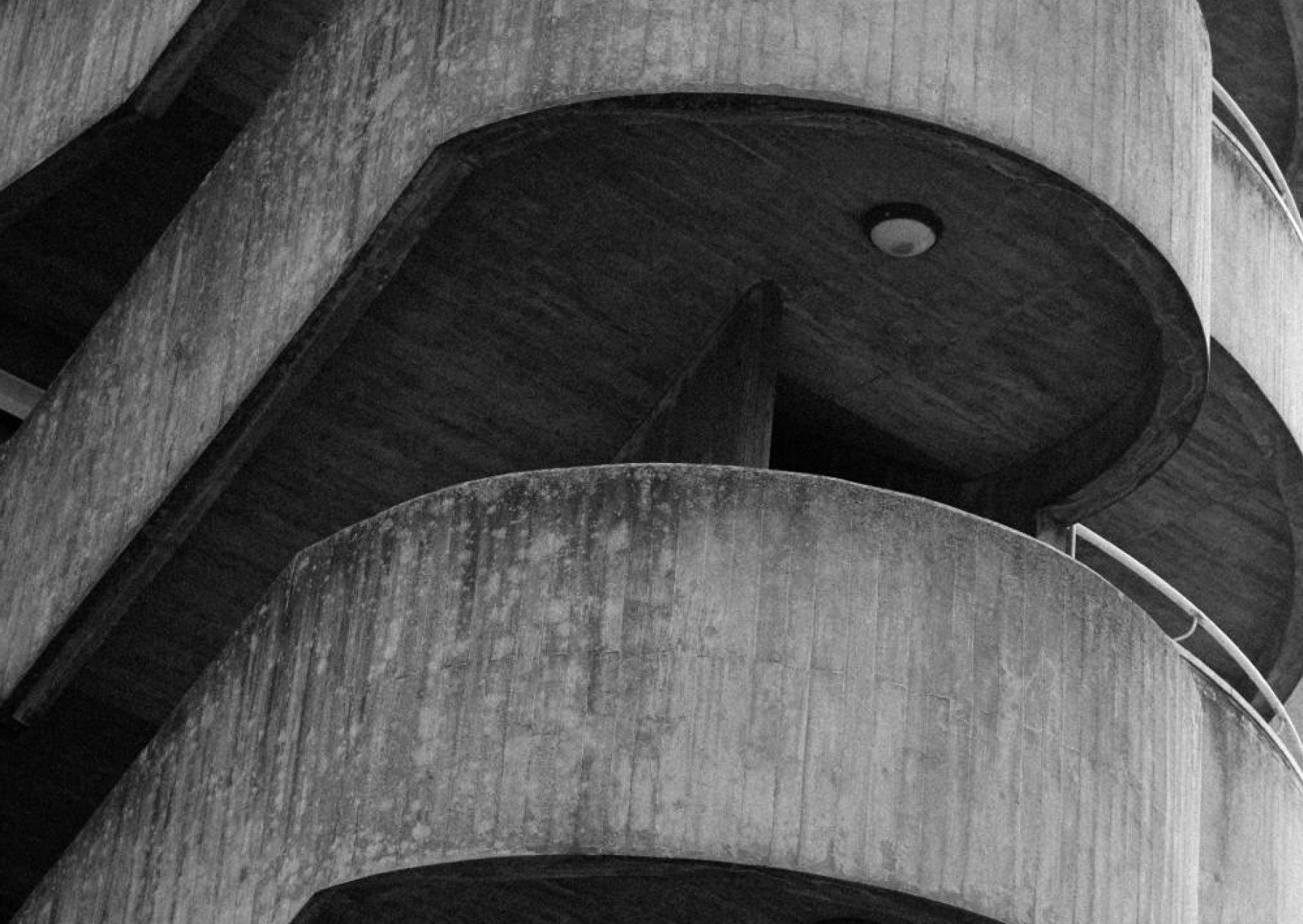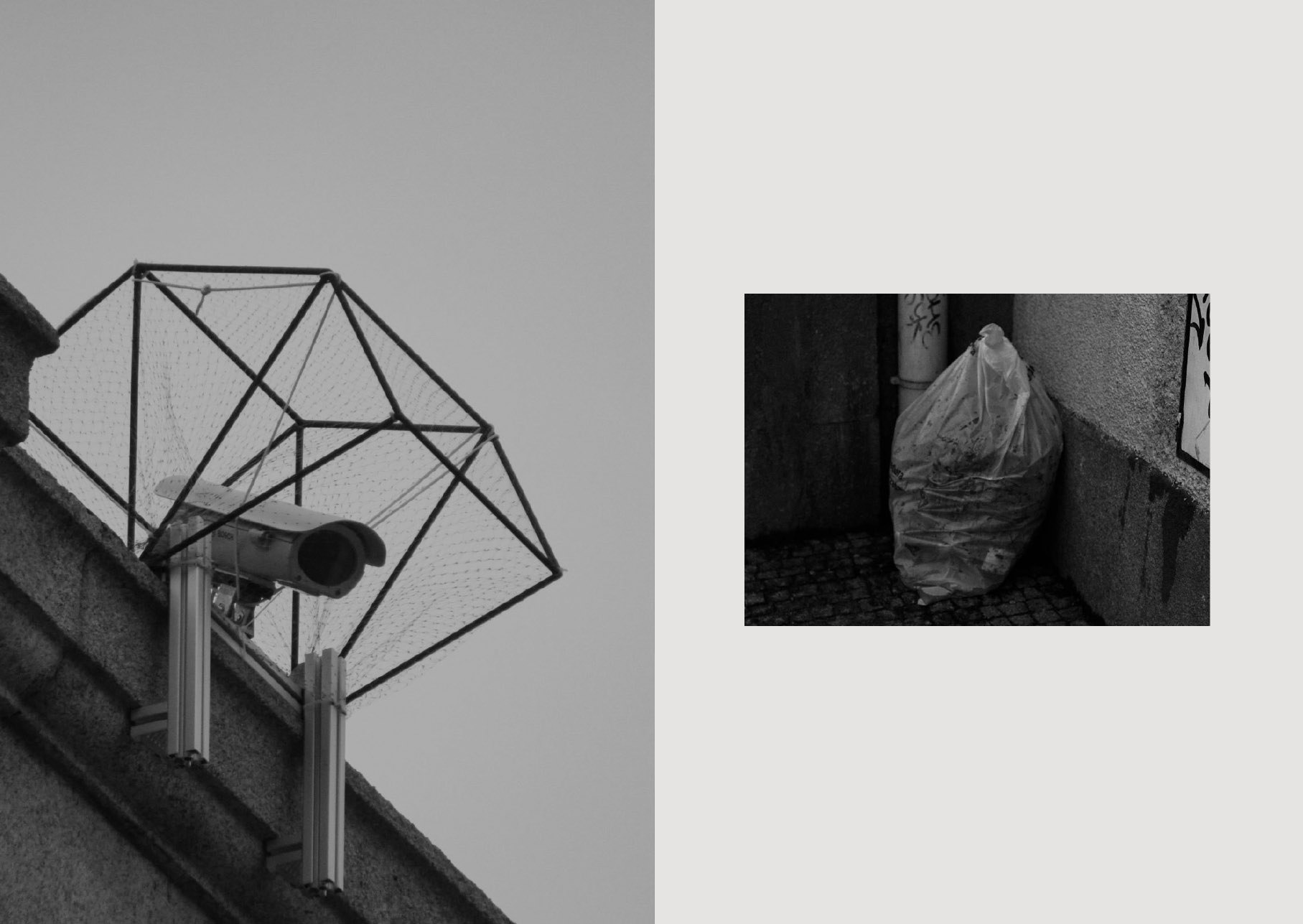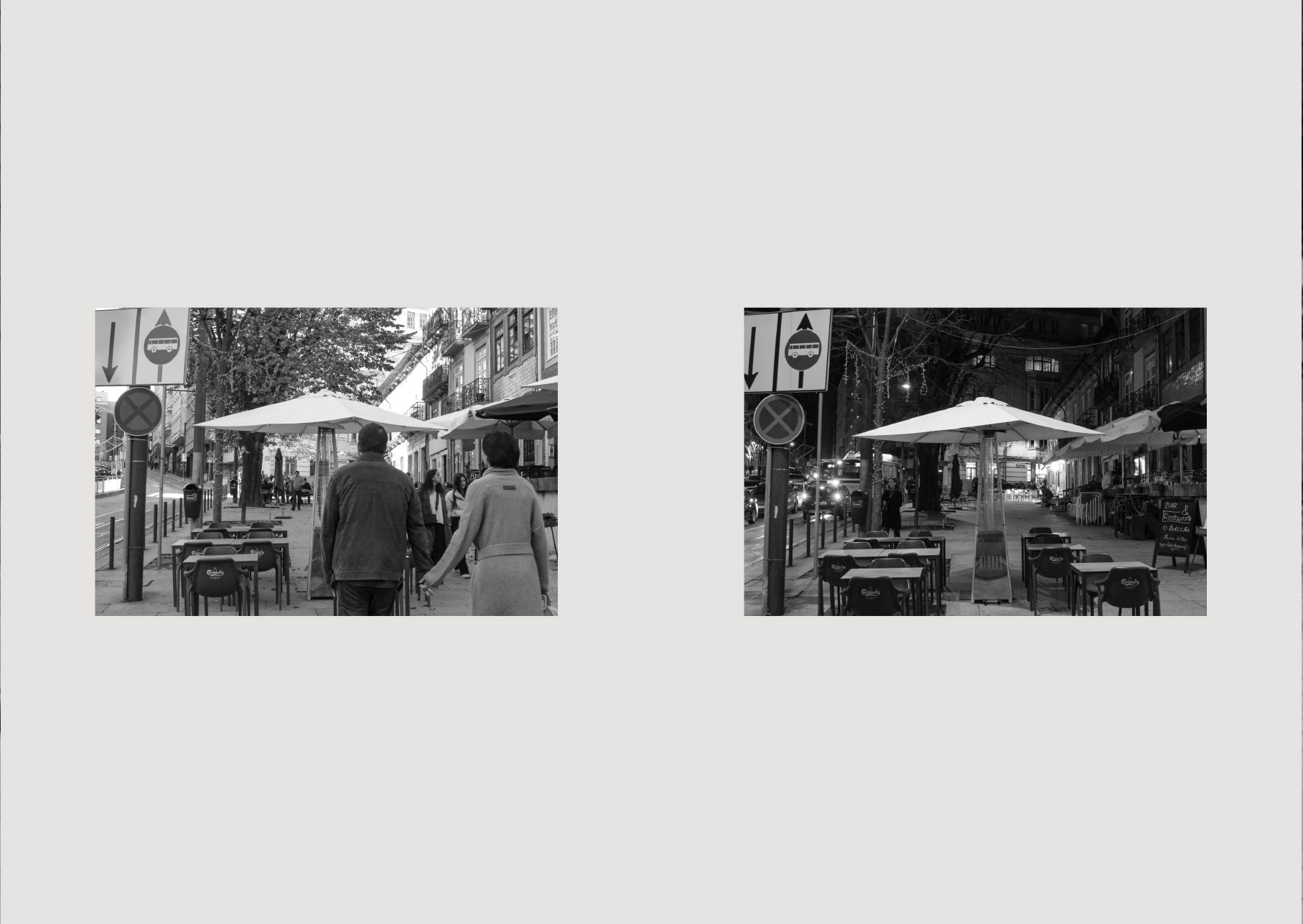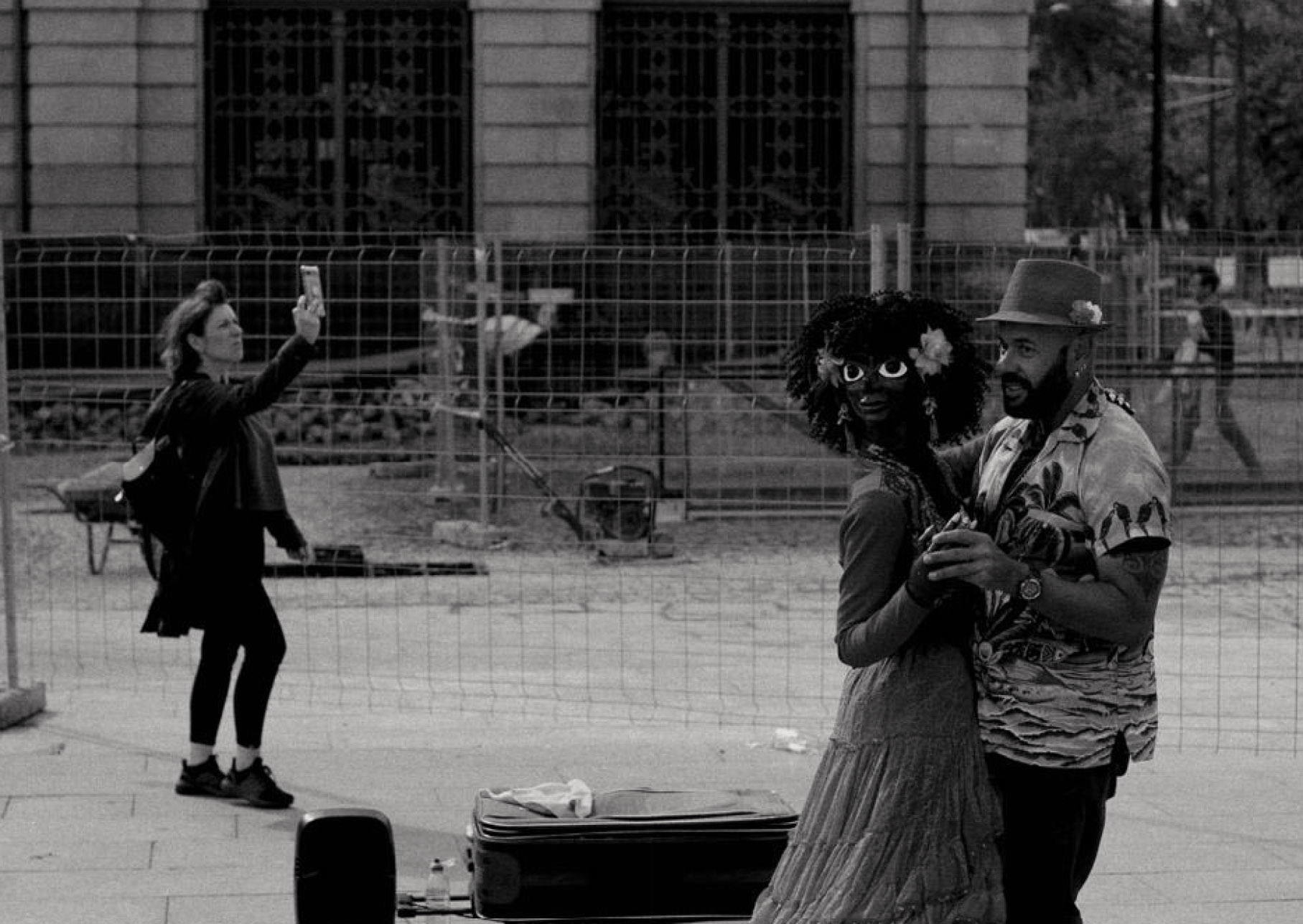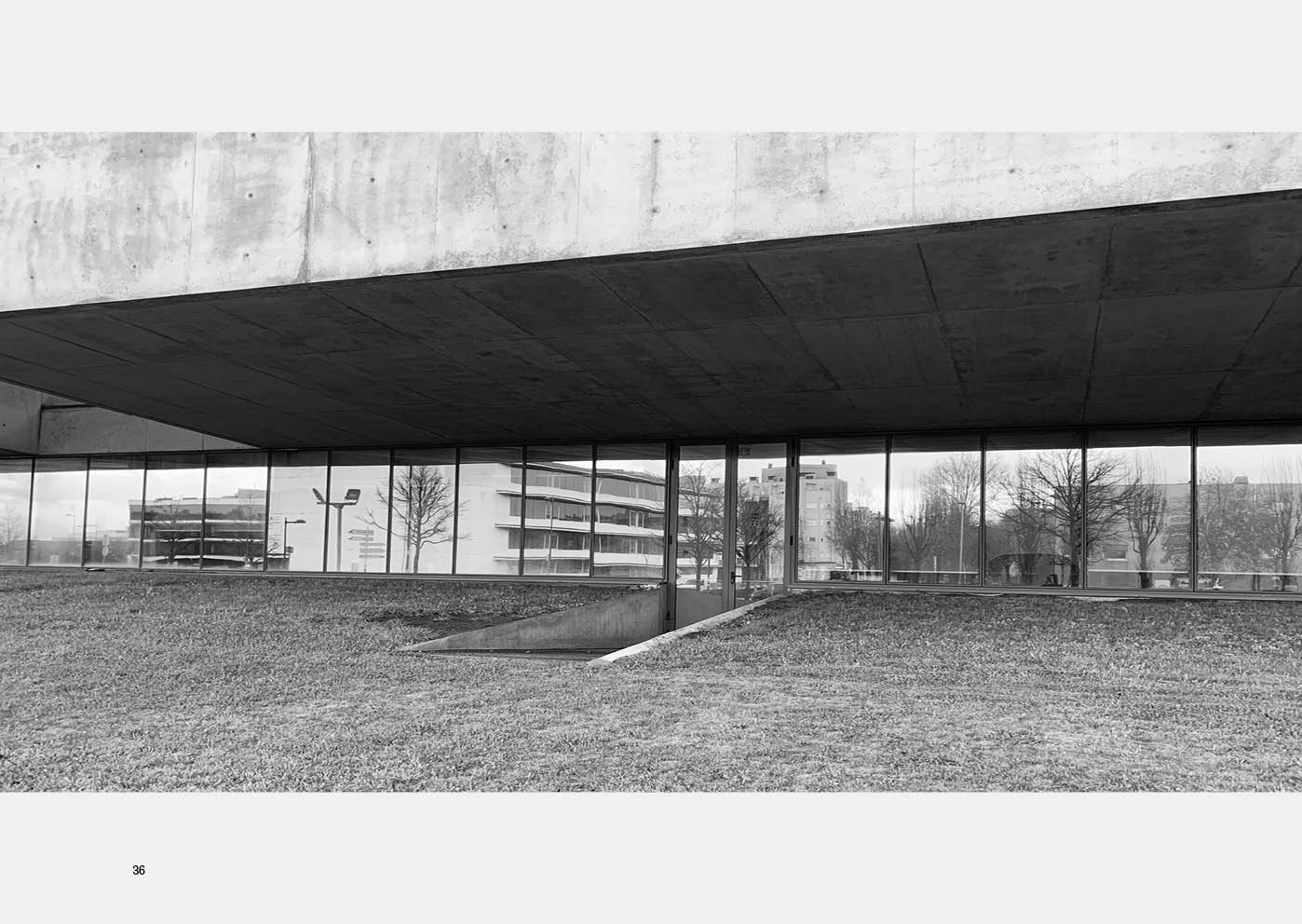Movement
By Ana Amélia Ferreira, Ana Carolina Varejão, Daniela Santos, João Afonso Maria , João Pinto
Supervisionado por Pedro Leão Neto
The objective of this practice-based work is to communicate the journey between the Aliados metro station and the Abel Salazar Institute of Biomedical Sciences through a visual narrative. The study references, among others, the work of photographers Rita (1971-) and Català-Roca (1922-1998), whose work represents everyday life in a variety of ways.
Ler maisIn the same way as Rita Castro Neves, we also tried to capture the real world, in which “realistic settings, ordinary characters merge into their landscapes – interior or exterior – thus appropriating and reconstructing their surprising outside world” [1]. Using the work entitled “Asprela”, published by scopio Editions, as a reference and study, we were able to explore a series of issues and visual strategies present in the work. Certain phrases served as our motto, such as “Landscape images are situations of passage, incoherence, minimal detail and trace”[2]. We interpret this quote, from the perspective of our work, as if it were the eyes of a student leaving university and walking to the metro. “Disarray, accumulation and construction in process are recurring marks, with special attention to what is less evident or spectacular”[3] – this statement, which already refers to a more attentive look, is also a far more real perspective of the student’s place of passage, indicating that perhaps he sees it, but doesn’t observe it. On this journey, not only is it observed, but it is also “felt” and so, on our journey, there may be “[…] tension and construction that is both architectural and psychosocial […]”[4].
In the case of Català Roca, who was one of Spain’s leading photographers of modern architecture and was part of a group of architects who revived this architecture after the civil war, he tried to capture reality through a more documental approach than previous works and reference photographers. His work combines reality with beauty thanks to his technical skills and his ability to get in touch with the people he was portraying. Her photos are always very expressive and capture emotions. From this author’s work, we will learn how to portray everyday life in the city, trying to get a social approach to the possible realities lived there (people and their activities).
On the other hand, in terms of visual aspects, we came closer to the work of Català Roca with his black and white photographs, plays of light and graphic composition. Still in relation to light, we wanted to explore the same locations at different times of the day in order to analyse the different appropriations that urban space has and to observe the daily lives of the people who cross the ICBAS spaces or the streets of Porto every day. In this respect, we felt that we were somewhat influenced by the work of philosopher Lefebvre and anthropologist Edward T. Hall. These authors approach everyday life, the concept of the moment and the conceptualisation of the life cycle from different but complementary perspectives, respectively. All of this made it possible to understand and explore in a more meaningful way the influence that travelling (work-transport-home) has on city space; and proxemics, which is defined by the cultural dimension of appropriating space, i.e. individuals from different cultures inhabit different sensory worlds, resulting in a “specific cultural product”.
Our work was divided into four parts, each corresponding to a small volume of independent but related observations. Each book allowed for a different promenade through the city of Porto, always starting at the Aliados metro station and continuing all the way to ICBAS, an integral part of the University of Porto, designed by architect José Manuel Soares, which shares premises with the Faculty of Pharmacy.
Each book will highlight different elements of the route, different ways of inhabiting the city, different people, different buildings. We emphasise the light that influences life in the city – its presence initiates the experience of the city, its lack stifles it. We give special significance to the details, so easily forgotten in the rush of the streets, we stop to breathe and observe the banality of a return home. We look in the shop window at a regular customer getting a haircut at the barber’s or a bag of rubbish left on the pavement the night before. We appreciate the materiality of the city, its differences transposed onto the façades of the buildings, visible in the gaps in the parallels of the pavement. We tried to value the underrated side of the city, the reflections, transparencies, shadows and contrasts that captured the attention of our lenses as they carelessly travelled the streets of Porto.
As Inaki Bergera pointed out, “The photographer’s vision is never indifferent, it is never innocuous and we understand that the happy result of these images is often related to the complicity and strong relationship between photography and the edifices photographed, that is, there is a symbiosis between the photographer’s sensitivity and the character and quality of the architecture that inspires him, and this is what allows him to transpose these qualities into photography – and through photography.”
[1] Rita Castro Neves. (s.d.). Rita Castro Neves. http://ritacastroneves.com/pt/bio/
[2] Neto, P. L. (Ed.). (2015). Asprela. Scopio Editions.
[3] Neto, P. L. (Ed.). (2015). Asprela. Scopio Editions.
[4] Neto, P. L. (Ed.). (2015). Asprela. Scopio Editions.
[5] Bergera, I. (2015). Fotografia e arquitectura moderna em Espanha. Scopio Editions.
You may also like
Light Source
A representation of the real that simulates another reality.Two worlds that are interconnected: ours



